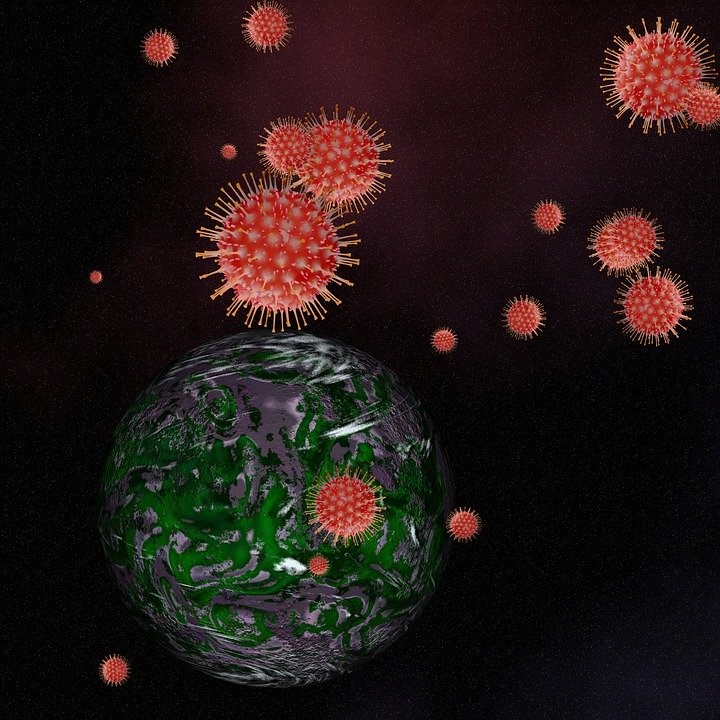
26 Mar How does the COVID-19 pandemic compare to past outbreaks?
It’s completely natural to want to compare the COVID-19 pandemic to past pandemics. According to an article on vox , there have been 15 flu pandemics in the last 500 years. But of course, the COVID-19 pandemic is not an influenza pandemic.
The American Centers for Disease Control and Prevention defines an influenza pandemic as a global outbreak of a new influenza A virus that is different from current / recently circulating human seasonal influenza A viruses.
How different are flu outbreaks to the COVID-19 outbreak?
The similarities and differences between COVID-19 and influenza are helpfully pointed out in a World Health Organization Q&A post .
COVID-19 and influenza are both respiratory diseases which can present in different ways. Their causative viruses can result in asymptomatic cases (no symptoms), mild disease, severe disease or even death.
Influenza and COVID-19 are both spread by droplets, contact and fomites. This means that hand hygiene and good respiratory etiquette can help prevent infection with the causative agents of both diseases.
The COVID-19 and influenza viruses differ in a number of ways. To start with, influenza can spread faster than COVID-19. That’s because the median time from infection to the appearance of symptoms (the median incubation period) is shorter for influenza. So is the time between successive cases (the serial interval).
What’s more, children are important in driving the transmission of influenza in the community, but preliminary data from household transmission studies in China suggest children are infected from adults, not vice versa, with COVID-19.
One of the more glaring differences between COVID-19 and influenza viruses is that there are currently no licensed vaccines or therapeutics for COVID-19. On the other hand, there are antivirals and vaccines available for influenza.
COVID-19 and the last pandemic…
Above are general comparisons between influenza and COVID-19. What about more specific comparisons, say between COVID-19 and a recent flu pandemic?
The most recent pandemic was the 2009 influenza A (H1N1), also referred to as swine flu. With the 2009 flu pandemic Live Science explains that 80% of deaths were in people younger than 65. COVID-19 on the other hand appears to be most deadly for people older than 60 with underlying health conditions.
According to Healthline , at the start of the swine flu pandemic there was no vaccine available but there were antivirals that were useful in aiding recovery.
Live Science go on to describe H1N1 flu as less contagious than COVID-19, but state that the mortality rate for the novel coronavirus is (at least so far) so much higher. However, they admit that the number from which they drew this conclusion is likely to change as more people are tested.
SARS-CoV-2 vs SARS-CoV
The 2002-03 severe acute respiratory syndrome (SARS) outbreak has drawn comparisons with the COVID-19 outbreak. COVID-19 is caused by the SARS-CoV-2 virus, while SARS is caused by SARS-CoV.
According to a Nature article they were both identified as new coronaviruses more deadly than their related viruses which cause common colds. They are both thought to have come from bats, and both emerged in China. This pandemic and the 2003 SARS pandemic both resulted in chaos and economic disaster, but the outbreaks caused by the viruses differ in terms of speed of progression and the extent of spread.
Two months from the discovery of COVID-19, the number of confirmed cases passed the total that SARS reached over the course of several months. Within three months the fatalities of COVID-19 are already over 5 times more than those of SARS. Nature describes COVID-19 as less lethal than SARS but much more pervasive.
There’s still a lot to learn about COVID-19, but we know that if we all follow advice given by health authorities, we can beat this!


Sorry, the comment form is closed at this time.